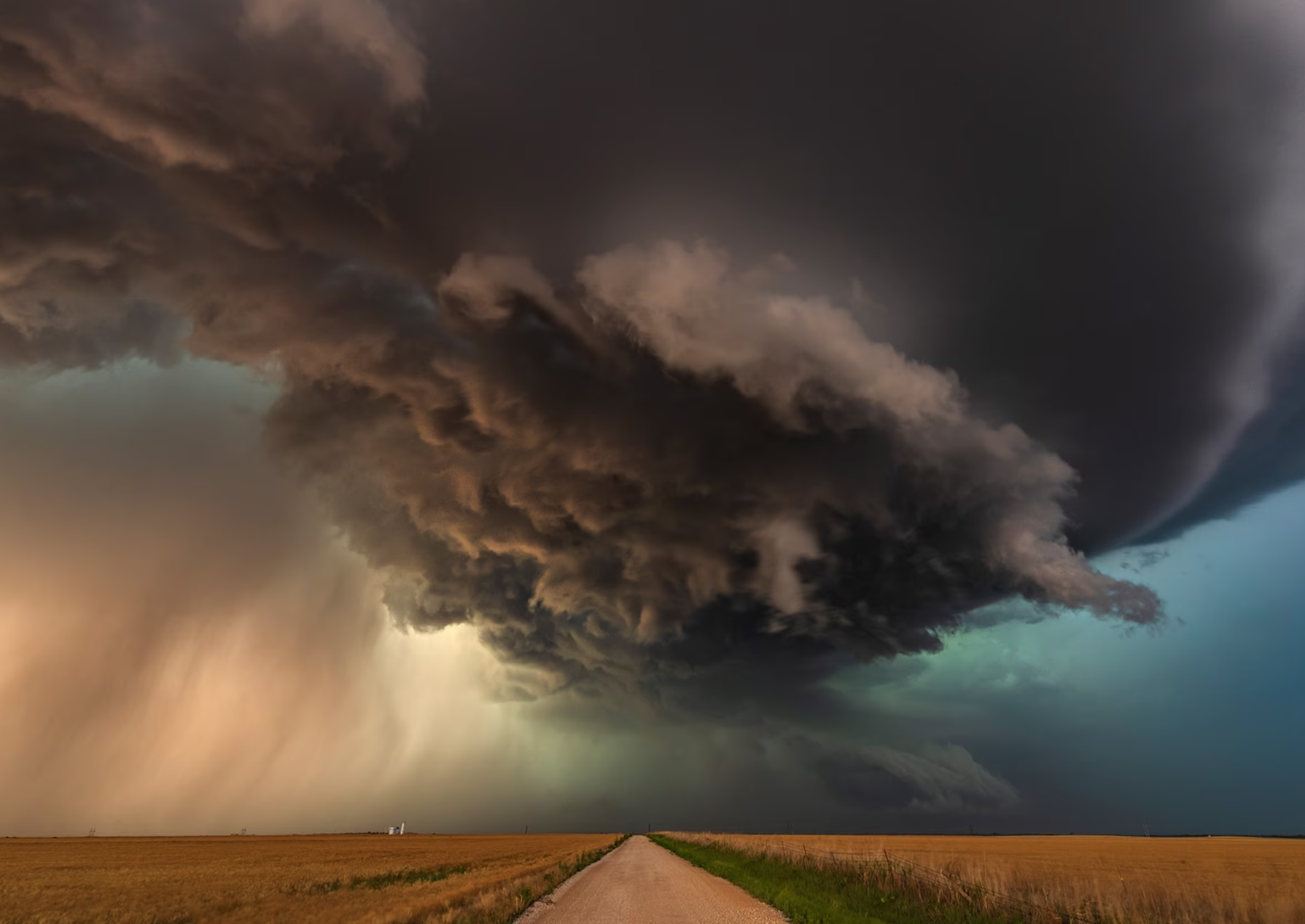When most people think of tornadoes, the first images that come to mind are destruction, danger, and chaos. But in reality, tornadoes are much more than violent storms—they are powerful natural phenomena that shape, reset, and sometimes even improve ecosystems in surprising ways. In this article, we will explore how tornadoes influence forests, wildlife, rivers, and even global carbon cycles, showing that they belong on any list of rare natural phenomena worth studying.
What Are Tornadoes? A Natural Phenomena Explained
Tornadoes form when warm, moist air collides with cool, dry air, creating unstable conditions in the atmosphere. Add wind shear, and suddenly a rotating funnel cloud can descend to the ground. While frightening, they are also fascinating examples of natural phenomena, showing how weather systems can rapidly transform the landscape. Tornadoes are most common in the so-called “Tornado Alley” of the United States, but they also occur in Canada, Bangladesh, and even parts of Europe.
Forests Hit the Reset Button
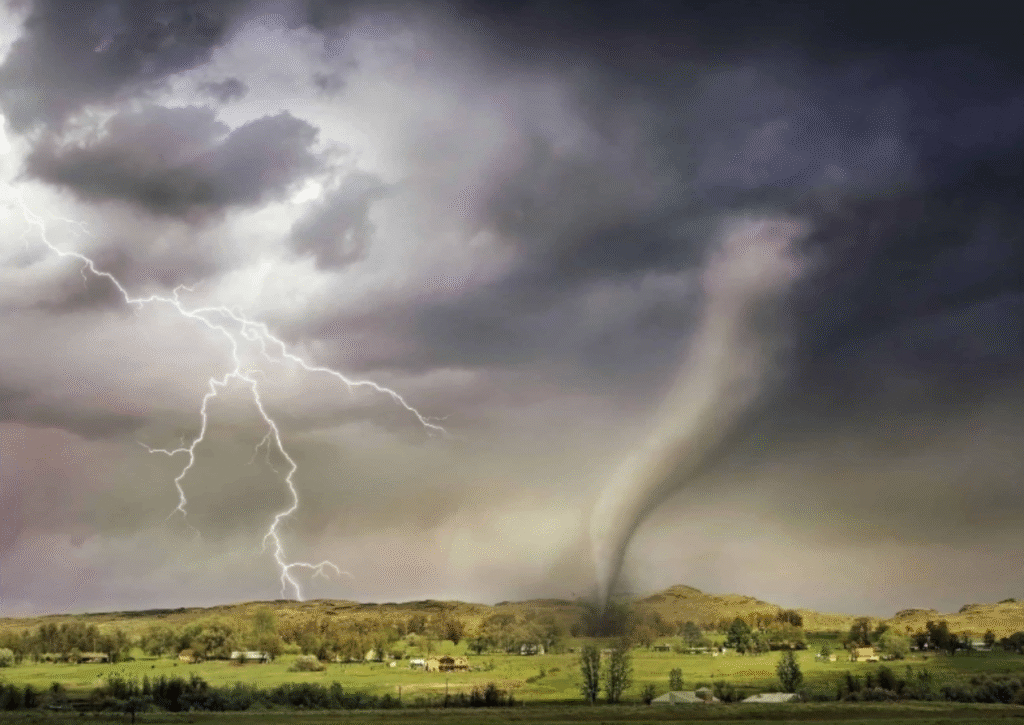
Tornadoes act like nature’s reset switch. By toppling old trees and opening gaps in the forest canopy, they allow sunlight to reach the forest floor. This triggers new plant growth and increases biodiversity. Fallen trees later serve as habitats for insects, fungi, and small mammals. In this way, tornadoes show how even destructive natural phenomena examples can foster renewal.
Nature’s Turbocharged Fertilizer
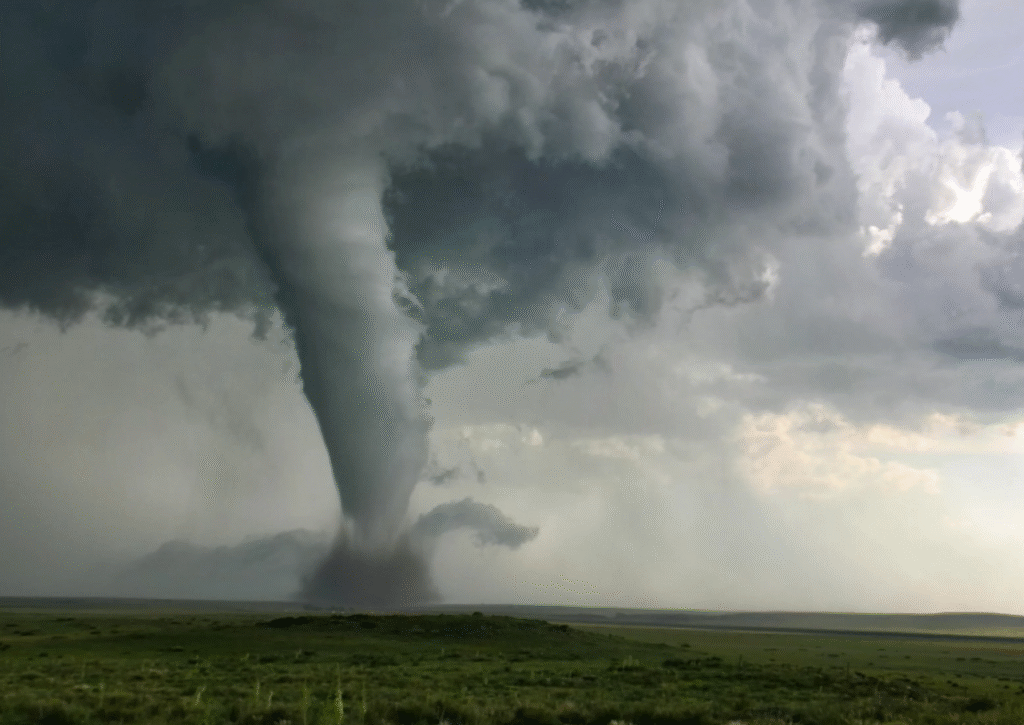
The ferocious winds of a tornado don’t just scatter leaves—they redistribute nutrient-rich topsoil. This process fertilizes distant areas, helping plants and microbes thrive. While often overlooked, this soil redistribution is one of the ecological benefits hidden inside these rare natural phenomena.
Tiny Ecosystems, Big Results
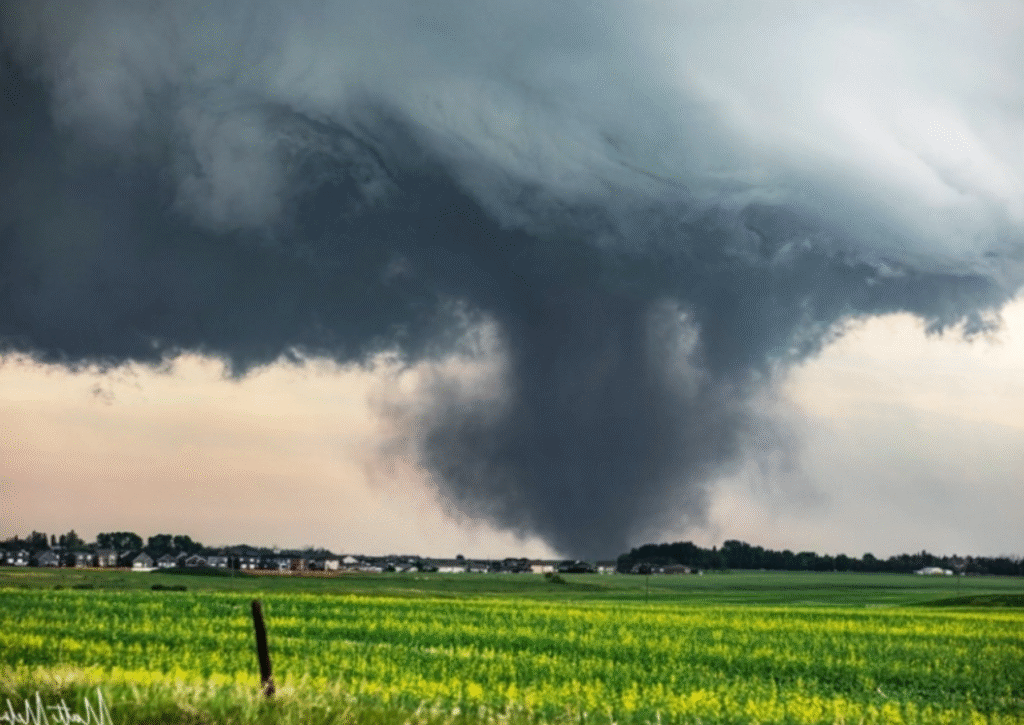
Fallen logs, uprooted soil, and snapped branches may look like chaos to us, but to wildlife, they are opportunities. Tornado aftermaths create microhabitats—perfect for bugs, birds, and fungi. These micro-ecosystems highlight how natural phenomena can accelerate biodiversity in unexpected ways.
Rerouting Rivers in a Spin
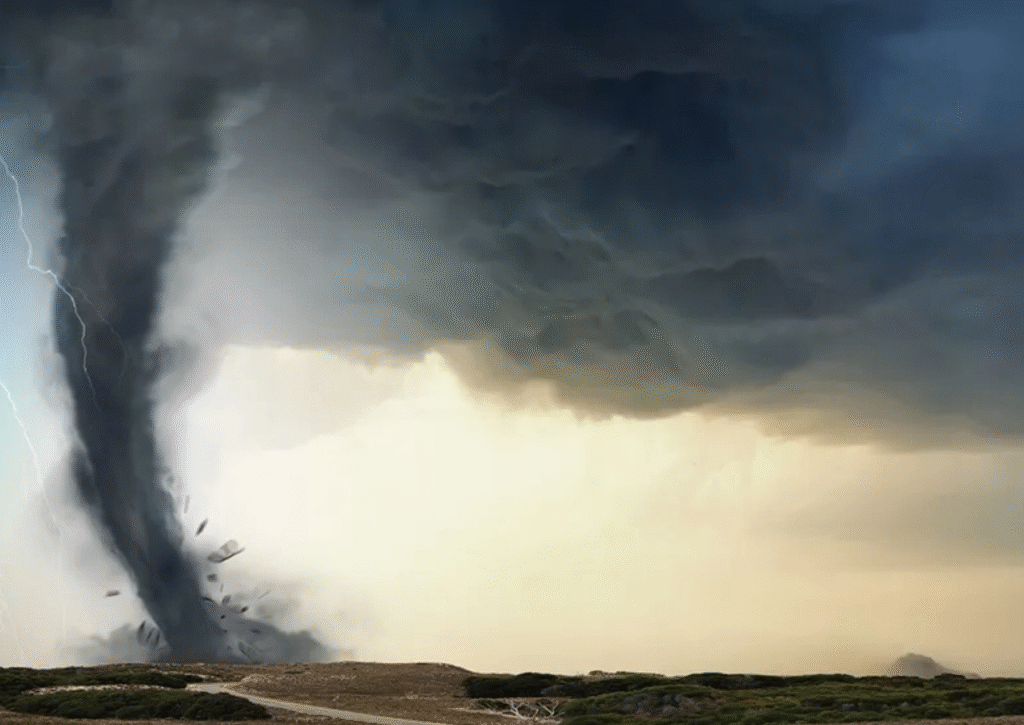
By moving soil, debris, and trees, tornadoes can change watercourses, block rivers, or create new wetlands. This shows how natural phenomena examples directly shape landscapes and water ecosystems, sometimes creating entirely new habitats for fish, amphibians, and birds.
Pollination Takes a Twist

After tornadoes, flowers are uprooted and pollinators may vanish temporarily. But new pioneer plants bloom in open spaces, attracting bees and butterflies. This creates shifts in plant-insect interactions—one of the most fascinating natural phenomena examples in ecology.
Seeds on the Move
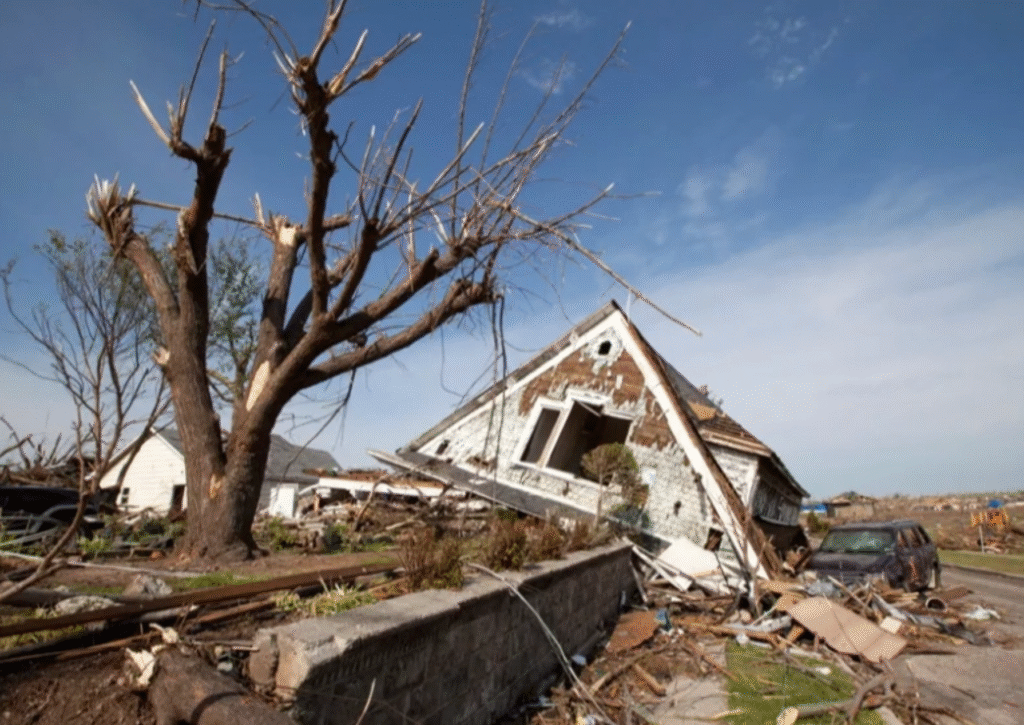
One of the most surprising roles of tornadoes is their ability to disperse seeds across long distances. Seeds carried by tornado winds can cross rivers and hills, connecting plant populations and increasing diversity. This dispersal shows how even violent storms become part of 10 natural phenomena that support ecosystems.
Wildlife Adapts… Fast
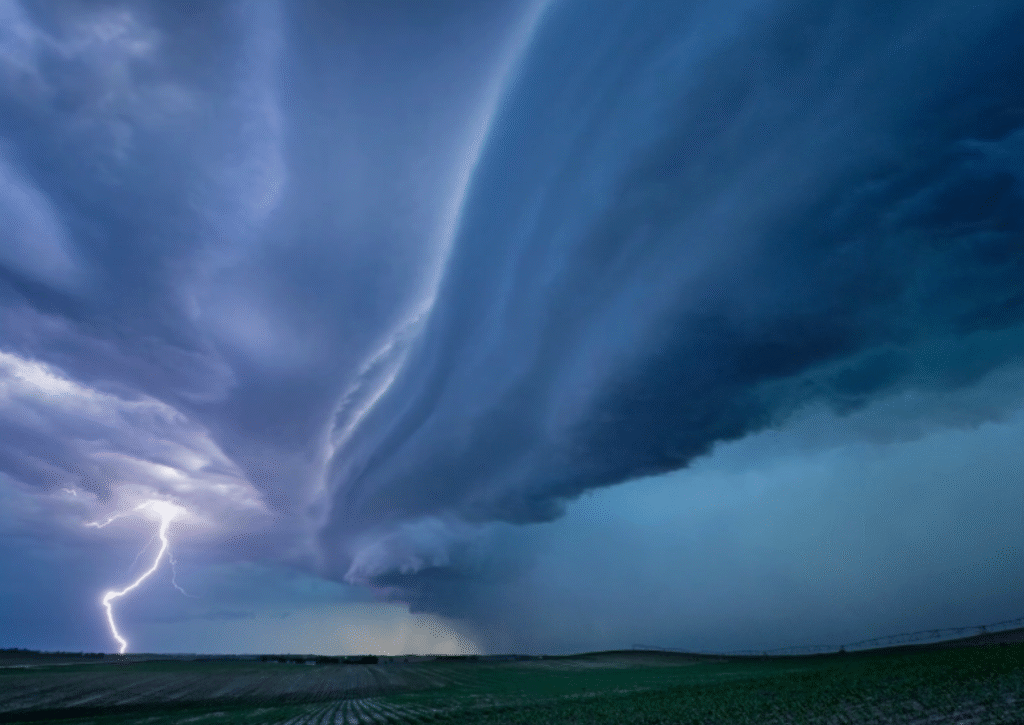
Animals often sense tornadoes before humans do. Birds fall silent, and mammals hide. After the storm, species quickly adapt—some thrive in open fields, while others take shelter in debris. This rapid adjustment is another rare natural phenomena showing how life survives in extreme conditions.
Carbon Chaos and Recovery
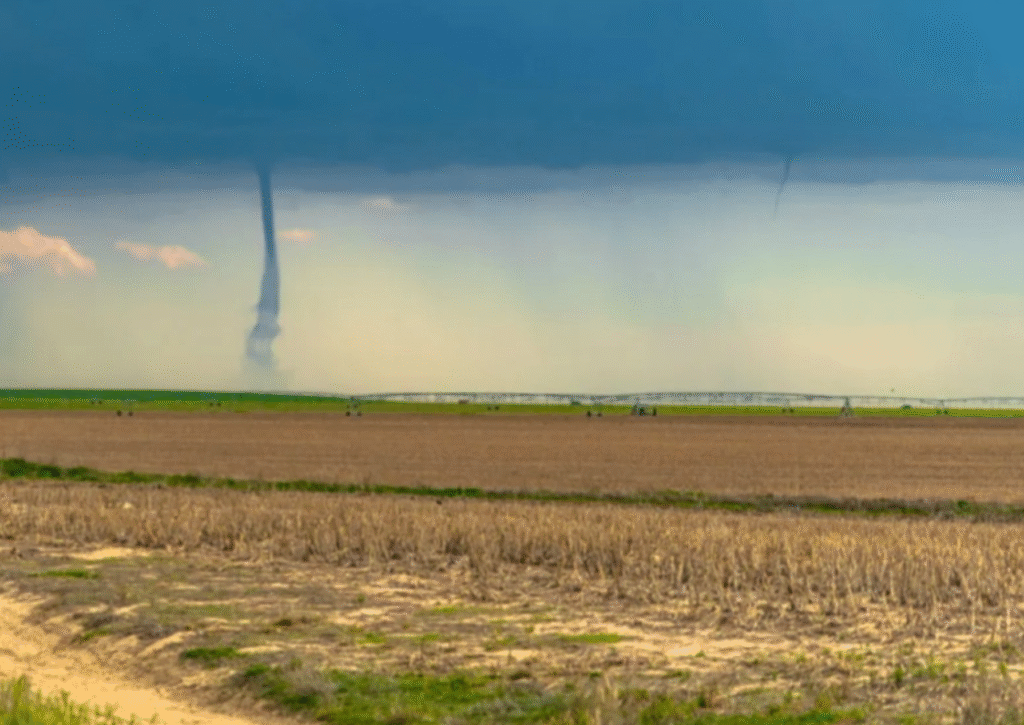
When tornadoes knock down forests, carbon is released into the atmosphere. But within years, regrowth begins storing carbon again. Fallen wood enriches soil with long-term carbon, showing how these natural phenomena examples balance short-term chaos with long-term renewal.
Nutrient Surges—and Food Chains Remix
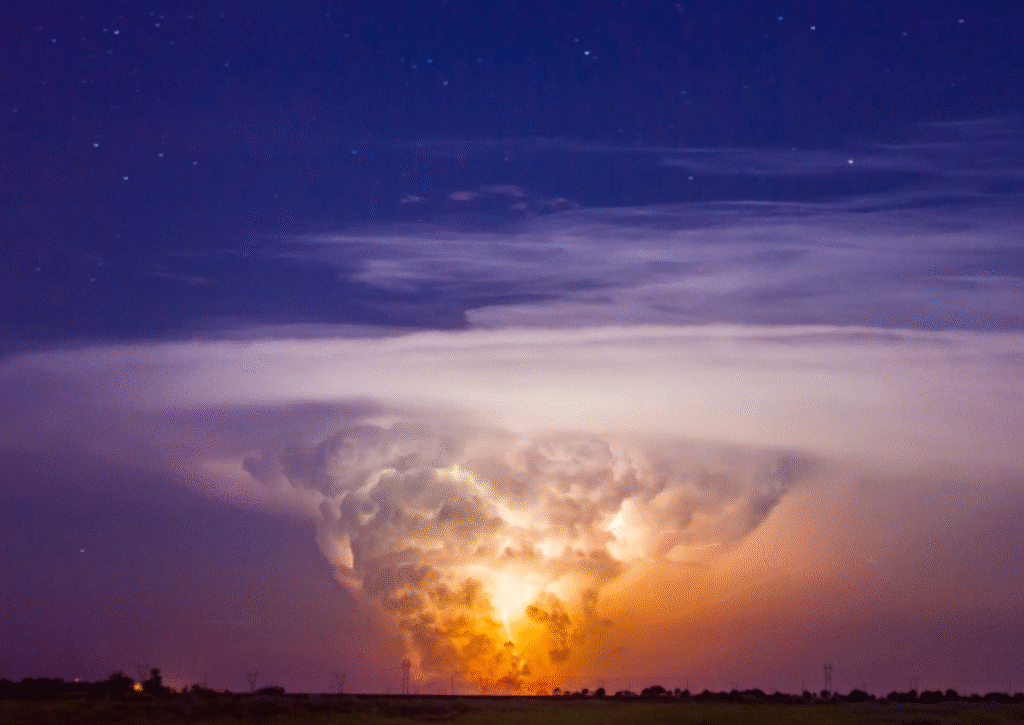
Tornadoes mix fallen vegetation into the soil, creating nutrient bursts that fuel plants, herbivores, and predators. These food chain shifts demonstrate why tornadoes are among the 10 natural phenomena that scientists study to understand ecosystem balance.
Biodiversity Hotspots in the Aftermath
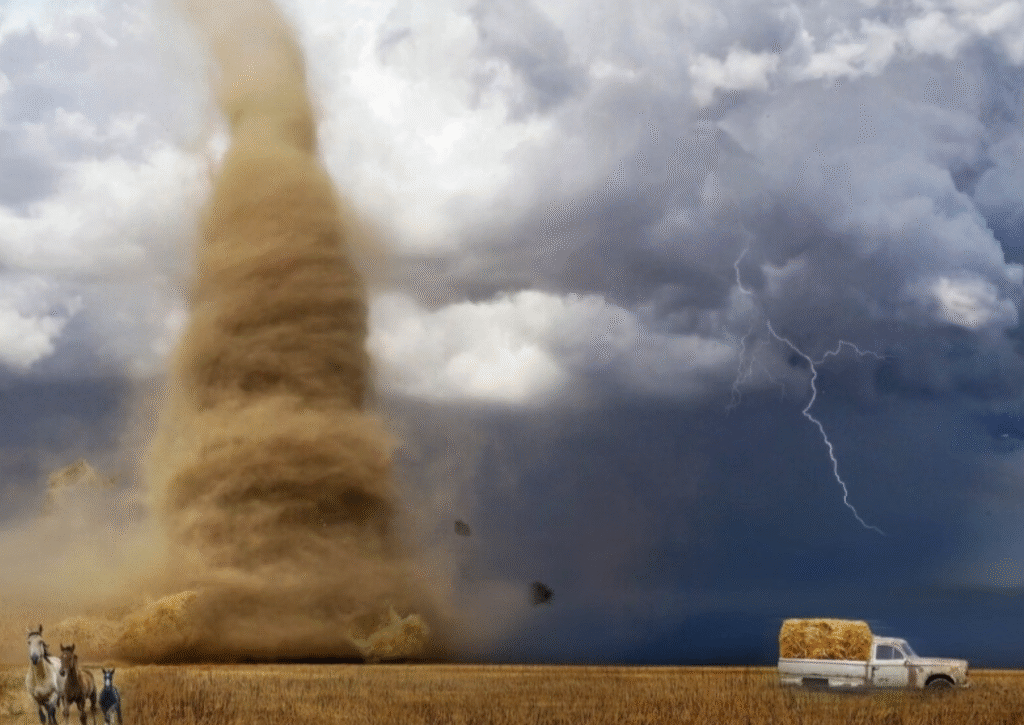
Here’s the twist: tornado-hit zones often become biodiversity hotspots. The mix of fallen trees, new seedlings, and open space supports birds, mammals, and even rare species. Rather than simple destruction, tornadoes reveal how rare natural phenomena shape tomorrow’s ecosystems.
Conclusion: Tornadoes may look terrifying, but they belong on any list of natural phenomena examples. They reset forests, disperse seeds, change rivers, and boost biodiversity. By understanding them as part of rare natural phenomena, we see that chaos can also mean renewal. Next time you think of tornadoes, remember—they are nature’s architects of change.
